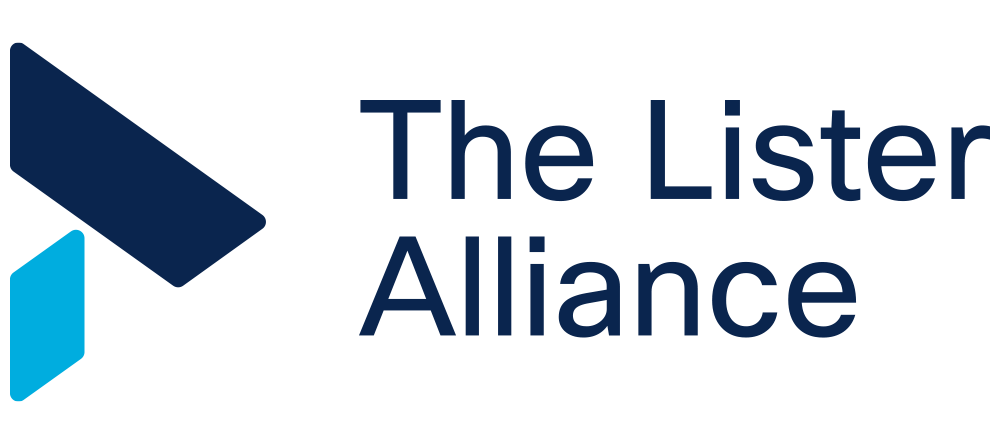How technology can help navigate a path to NHS sustainability
Net zero by 2050. That is the UK’s commitment to tackling emissions and fighting climate change.
A vital goal for our planet, and also our health.
Factors that damage the environment in turn damage wellbeing. Fossil fuels are the primary cause of deaths from air pollution in the UK, and a third of new asthma cases could be avoided through emission reduction.
And like every sector, healthcare needs to change. The NHS alone accounts for 4% of national greenhouse gas emissions, and a more sustainable model is needed for the future.
In 2020, the NHS became the world’s first health service to commit to reaching carbon net zero – setting targets to:
Reach net zero by 2040 for emissions the NHS directly controls
Reach net zero by 2045 for emissions the NHS can influence
At a time when there are plenty of other challenges, these figures might seem intimidating. But by using a bottom-up approach to innovation and technology, it’s possible to make significant improvements to sustainability across the NHS – saving money while supporting a smarter health service.
The importance of energy efficiency in healthcare
Managing energy usage is an important tool in tackling climate change. At 73.2%, the majority of all global greenhouse gas emissions are generated by our use of energy.
And there’s the cost. The NHS spends an estimated half a billion pounds a year on gas and electricity. Despite many already improving efficiency, some trusts are anticipating a 200% increase in fuel costs year on year, compared to previous winters.
For some hospitals, this could cost as much as £2 million a month, with Rory Deighton, Senior Acute Lead at the NHS Confederation, saying patients may face longer waiting times or even see care cut as a result.
It is possible to achieve change however, and quickly. Thanks to a greener NHS agenda, a year after setting out its ambitions and targets, the service has reduced emissions by the equivalent energy needed to power 1.1 million homes.
However, achieving further savings depends on constant operational improvements – underpinned by data and innovation.
Operational improvements through data
To maximise their energy efficiency and reduce waste, NHS Trusts need to understand how facilities are used – and different kinds of data are critical.
For instance, monitoring staff, patients or visitor occupancy of a particular space helps trusts understand how frequently and at what times spaces are used, and the number of people usually within them – so that the heating and cooling systems can be set efficiently.
Or it could be exploring environmental data, like temperature, humidity, and air quality – all of which are extremely important in a clinical environment. This information can indicate where air purification and filtration systems are not running optimally or highlight unusually high levels of CO2 that fall outside of wellness guidelines.
For estate managers, the information is extremely valuable. They can identify energy savings and ensure resources are used as effectively as possible across the trust.
Connecting smart hospitals
The Internet of Things (IoT) means facilities data is more accessible than ever. Sensors can be placed in clinical spaces to see how much energy is consumed – and where – in real-time.
And importantly, expertise from the Lister Alliance can help trusts navigate the complexities of securely connecting and converging data in hospitals. Lighting, HVAC, security, elevators, fire, and water can securely connect to one network, unifying disparate systems and effectively creating smart facilities.
After simple data analysis through the network, estate and operation teams can analyse the difference between optimal values and ineffective usage.
Real-time monitoring and controls could lead to cost savings and reduce financial pressure on trusts. In fact, an NHS England report on ‘Delivering a ‘Net Zero’ National Health Service’ estimates these kinds of interventions: “could all be rolled out throughout the secondary care estate over the next five to 10 years, saving some £250 million per year.”
The impact of smart health facilities
The North West Ambulance Station (NWAS) in Kendal is already demonstrating the impact of smart facilities on emissions.
Rather than traditional fluorescent lights, the Lister Alliance worked with the NWAS to introduce LED lights that are connected and powered by the network – known as Power over Ethernet lighting.
As well as creating smart lighting that is responsive to the actual needs of staff and patients, this has significantly reduced energy consumption and costs. The ambulance station has seen a 90% improvement in efficiency with a lighting energy and carbon footprint saving of over 70%.
The lighting system has also enabled smart occupancy controls for the ambulance bays – combined with parking sensors to show live availability.
These kinds of innovations can not only save energy but also improve workflows and support staff in delivering great care.
The Lister Alliance is helping build a more sustainable NHS
Greater sustainability will benefit clinicians and patients across the NHS. With energy-saving innovations, resources can be freed up to directly benefit service users – while in turn creating new possibilities across trusts.
In the future, even more can be achieved by using technology to provide more care outside of the hospital – enabling interactions to take place in the most efficient location, while empowering people to take greater control over their healthcare.
But to deliver the NHS’ green strategy, sustainability must be etched into the fabric of the strategy from the beginning. Our deep knowledge and collective experience from industry, academia and healthcare can come to the fore.
Ultimately, sustainability will be critical for the health of the nation. Achieving the UK’s carbon emission targets could save 5,700 lives every year from improved air quality, 38,000 lives from a more physically active population, and over 100,000 lives from healthier diets.
For the NHS and the UK, it’s a win-win.

